Microsoft Research Asia has introduced a groundbreaking experimental AI tool named VASA-1, capable of synthesizing lifelike talking faces in real time. This innovative technology can generate facial expressions and head motions for still images, synchronizing them with audio to create convincing visual representations. While the results are impressive, with the ability to potentially deceive viewers, the researchers are cautious about its release and are withholding online demos or APIs until they can ensure responsible use and compliance with regulations.
Despite concerns about misuse, the researchers highlight the positive applications of VASA-1. They envision its use in education to promote equity and accessibility for those with communication challenges, offering avatars that can facilitate communication. Additionally, it could provide companionship and therapeutic support through AI characters people can interact with.
VASA-1 was trained on the VoxCeleb2 Dataset, featuring over 1 million utterances from thousands of celebrities sourced from YouTube videos. Notably, the tool can even animate artistic images like the Mona Lisa, synchronized with audio performances, showcasing its versatility and potential impact beyond traditional uses.
While the technology presents ethical considerations, the researchers are optimistic about its beneficial applications, emphasizing the need for responsible deployment to harness its potential positively.



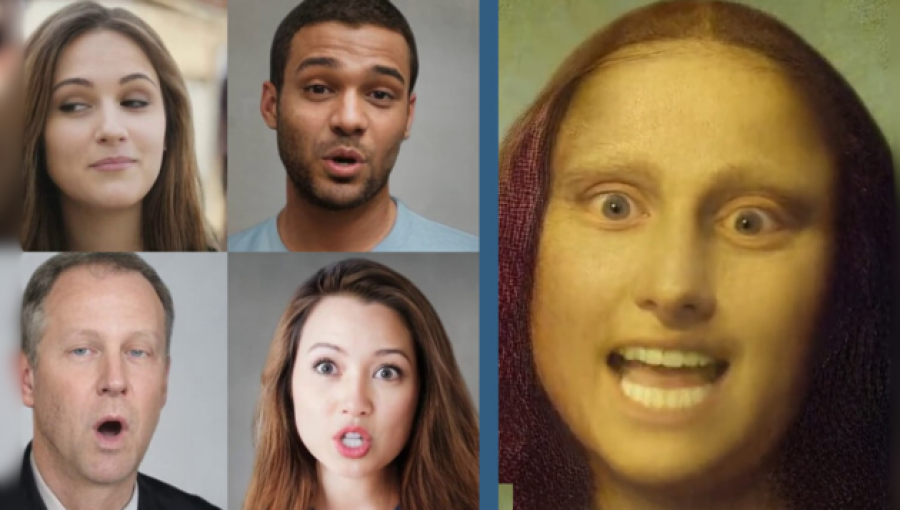
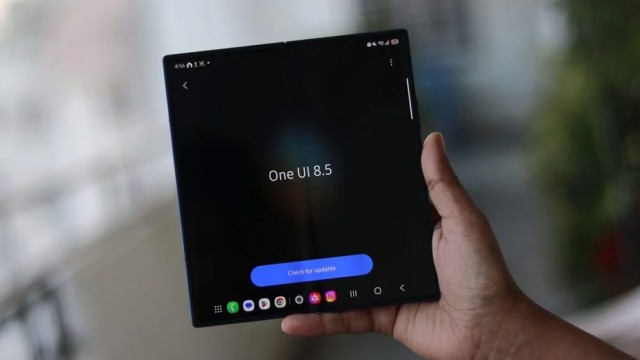
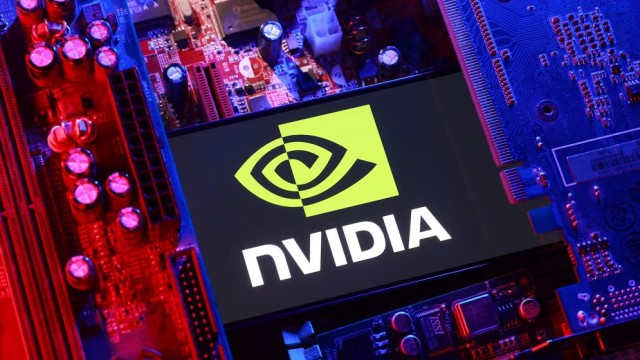
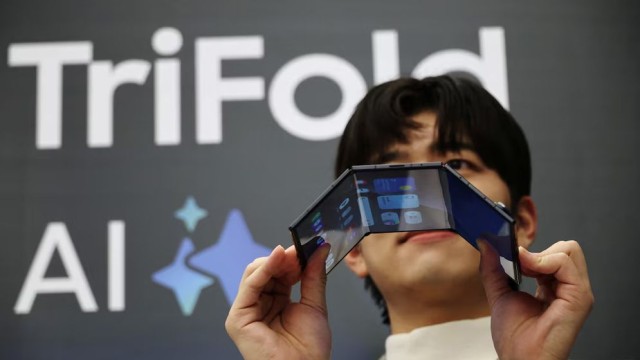

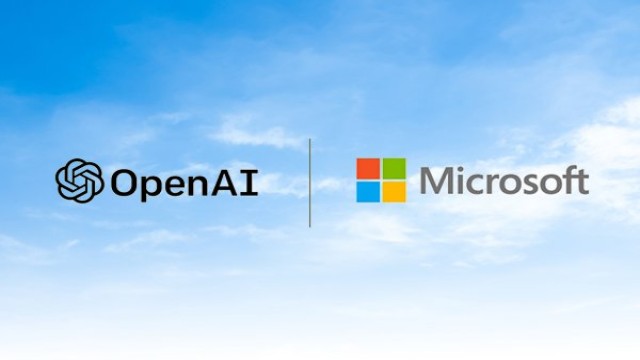








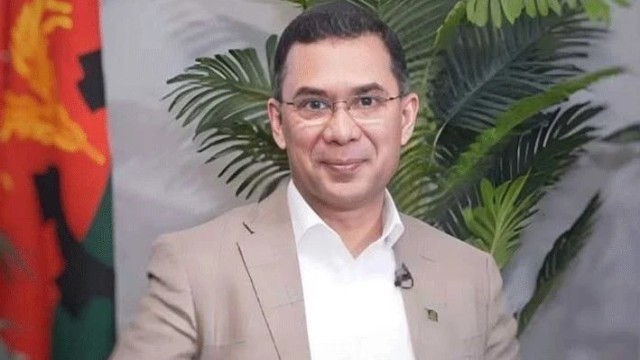








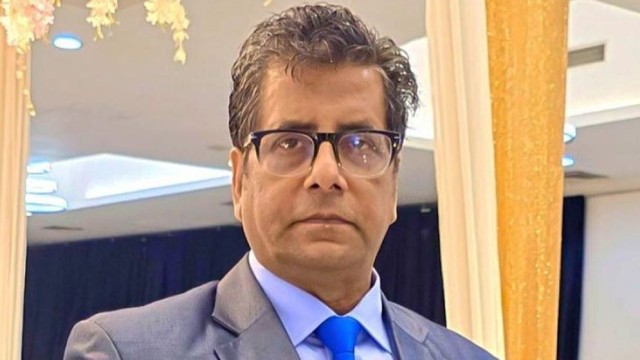

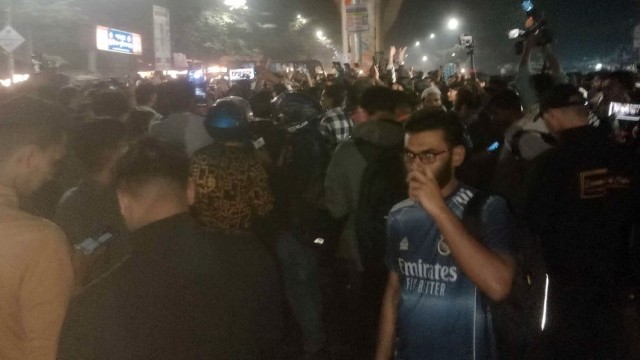

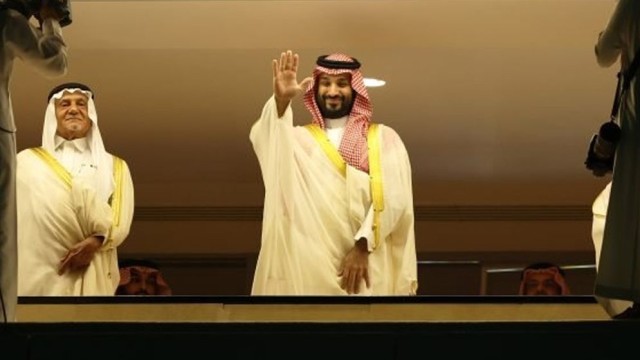
Comment: